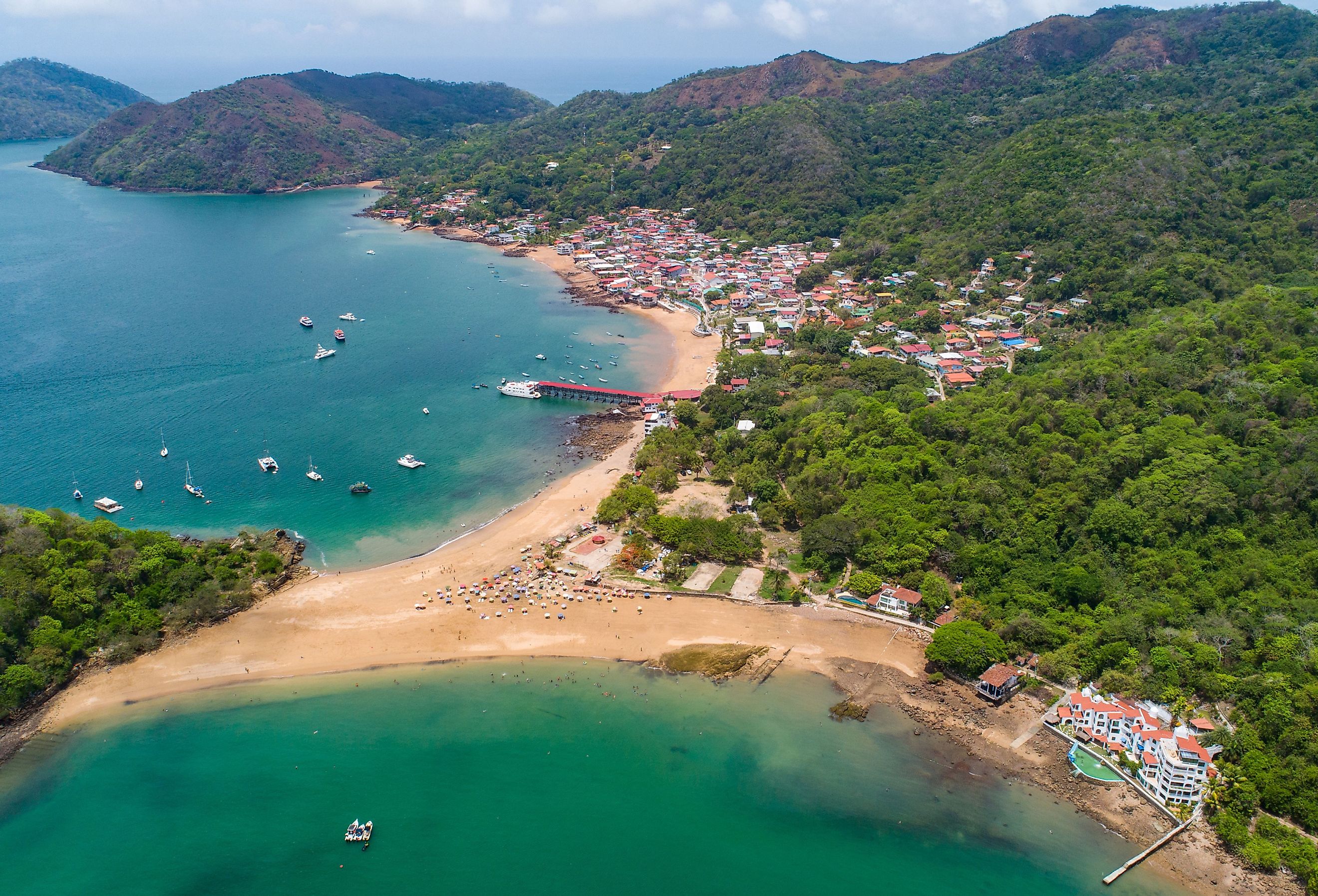
Gulf of Panama
The Gulf of Panama is much smaller than the Gulf of Mexico, but it is not any less important! The Gulf of Panama is a connecting body of water between the Pacific and Atlantic oceans, making travel safer and much more efficient.
This article will detail how big the Gulf of Panama is, how it formed, and much more!
Location of the Gulf of Panama
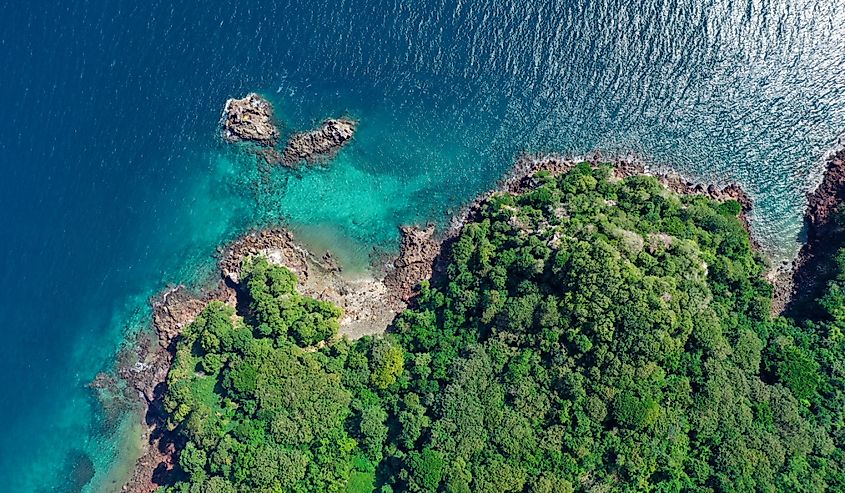
The Gulf of Panama is located on the southern end of Panama, touching Central and South America. It is in the North Pacific Ocean, with the Panama Canal and Colombia to the southeast.
There are two significant bays and several gulfs within this body of water, including the following:
- Panama Bay
- Parita Bay (also known as the Parita Gulf)
- Bay of San Miguel (also known as the Gulf of San Miguel)
The Gulf of Panama is the largest inlet in the Pacific Ocean and is an integral part of shipping and transportation throughout the region. The isthmus of Panama connects the Gulf of Panama to the Caribbean Sea.
There are several islands in this Gulf, including Isla Del Rey. The islands and sea have a unique variety of flora and fauna which will be discussed in greater detail below.
Climate of the Gulf of Panama
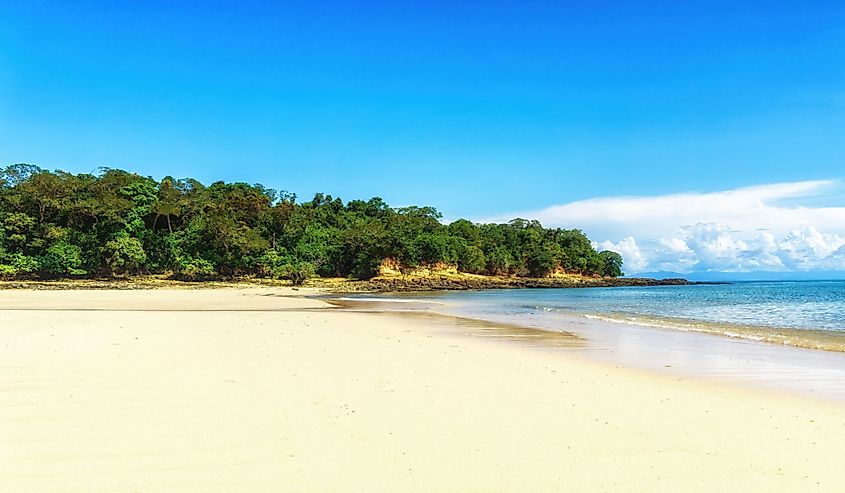
The Gulf of Panama has extreme weather due to the El Nino and La Nina weather patterns. These cycles can cause heavy rainfalls between May and December, while January through April experiences extremely dry weather.
Storms and Weather Patterns
Despite its somewhat close proximity to the Gulf of Mexico, which is prone to hurricanes, the Gulf of Panama has a much calmer environment. The Gulf of Panama does not experience very extreme weather. Long periods of heavy rain are usually the worst weather experienced in the area.
The region of Panama and the Gulf of Panama experiences approximately 250-700 millimeters of rain each year (10-28 inches).
Water Temperatures
The Gulf of Panama is considered a tropical maritime climate. This means it does not experience four seasons like northern regions such as North America and parts of the Atlantic.
The average temperature in Panama is between 74-90 degrees Fahrenheit (23-32 degrees Celsius). The temperature of the water can vary depending on how close one is to the shore. However, most estimates say that the average temperature of the water in the Gulf of Panama is between 68-77 (20-25 degrees Celsius).
Notable Geographic Features
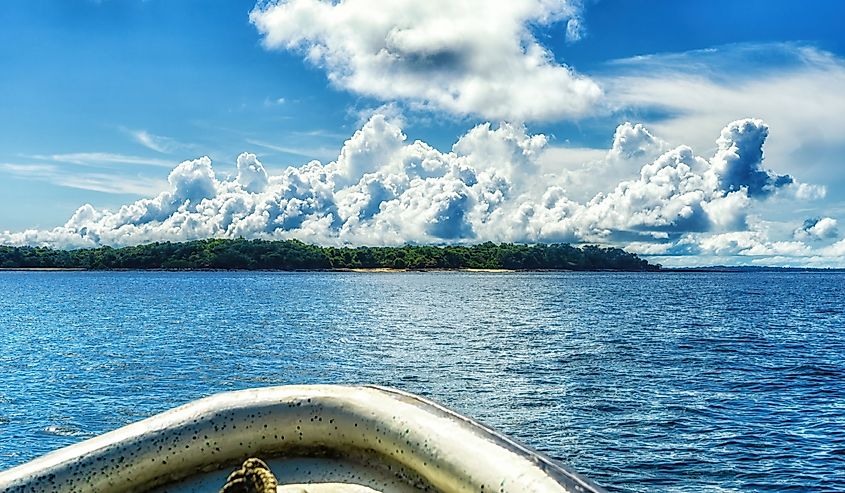
The Gulf of Panama is 185 kilometers across (115 miles) and 160 kilometers across (100 miles) at the widest portion. The coastal regions are nice vacation spots and attract tourists from all over the West.
Isla Del Rey is the largest island in the Gulf of Panama, part of the Pearl Archipelago. The Pearl Archipelago is a cluster of 39 islands located near the center of the Gulf of Panama, not far from the Bay of San Miguel.
The Spaniards named Isla Del Rey after they saw the island in the 1500s. Prior to the arrival of the Spanish, the Terarequi people lived and continue to live to this day on the island.
The Gulf formed some 3 million years ago after the large continental shelf shifted. This left the Gulf of Panama with a maximum depth of 220 meters (722 feet) with several prominent mountain ranges encircling the coastlines.
Marine Life of the Gulf of Panama
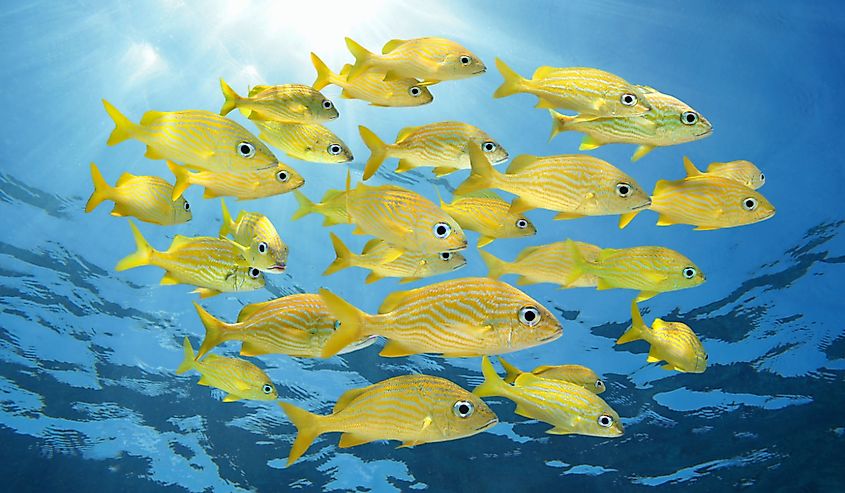
There are over 800 different kinds of fish within the Gulf of Panama. Some of the most popular include marlin (black and blue), snapper, yellowfin tuna, dorado fish, mackerel, roosterfish, and jackfish.
The Gulf of Chiriqui is one of the best private fishing spots. Since the Gulf is home to so many kinds of fish, it is hard for private fishers to find a location away from commercial spaces. The Gulf of Chiriqui is an ideal location because it does not permit commercial fishing ventures.
Blue whales are somewhat less common but are possibly the more famous marine wildlife in the area. Blue whales pass through the area between July and September. Since blue whales are endangered, no one is allowed to hunt or harm these creatures.
The Gulf is also home to several varieties of manta rays and over 30 types of sharks. Basking sharks, bull sharks, shortfin makos, and whale sharks are some of the most common.
Mangroves, a native tree species, are one of the region's most common vegetation types. These trees can be found on the Pearl Islands and on Panama's mainland. They're a highly important tree species to the area, providing fuel, supplies for tools, and homes for various birds and animals.
Conclusion
The Gulf of Panama is a very important body of water off the coast of Central and South America. With a history dating back over 3 million years, it has provided a home to various whales, sharks, and fish for centuries while also connecting the Atlantic and Pacific oceans. We hope this article helped to give you a deeper understanding and appreciation for this amazing natural wonder.











